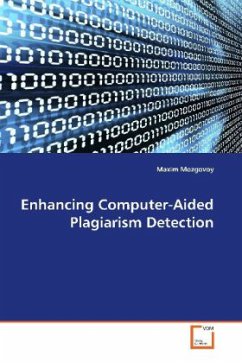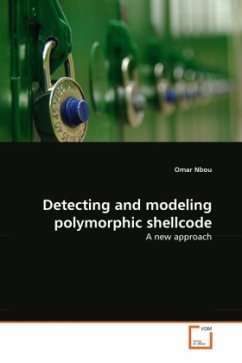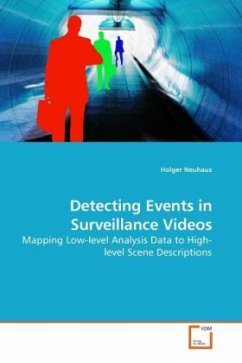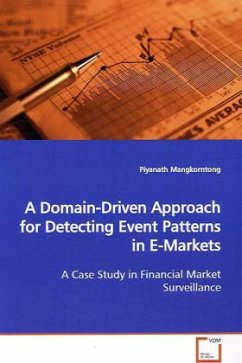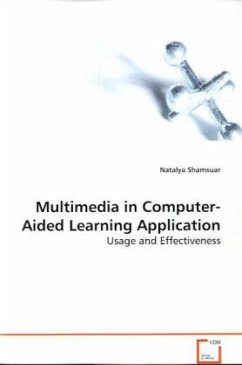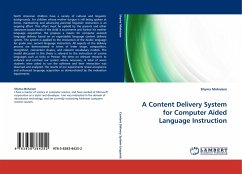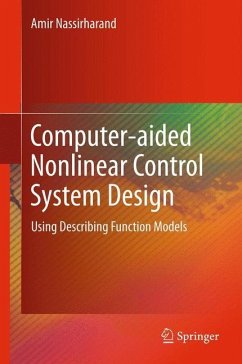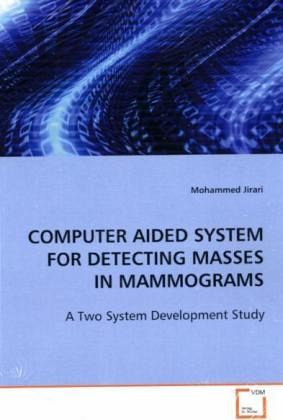
COMPUTER AIDED SYSTEM FOR DETECTING MASSES IN MAMMOGRAMS
A Two System Development Study
Versandkostenfrei!
Versandfertig in 6-10 Tagen
39,99 €
inkl. MwSt.

PAYBACK Punkte
20 °P sammeln!
An intelligent CAD can be very helpful in detecting masses in the breast earlier and faster than typical screening programs. Two such systems are presented, First a system based on Radial Basis neural networks coupled with feature extraction techniques for detecting masses in mammograms. Suspicious regions are identified following a run of the trained neural network. Co-occurrence matrices are constructed at different distances for each mammogram. Statistical features are used to train and test the Radial Basis neural network. The second system presented was developed based on linear subtracti...
An intelligent CAD can be very helpful in detecting
masses in the breast earlier and faster than typical
screening programs. Two such systems are presented,
First a system based on Radial Basis neural networks
coupled with feature extraction techniques for
detecting masses in mammograms. Suspicious regions
are identified following a run of the trained neural
network. Co-occurrence matrices are constructed at
different distances for each mammogram. Statistical
features are used to train and test the Radial Basis
neural network. The second system presented was
developed based on linear subtraction and feature
extraction techniques to identify asymmetries
between left and right breast mammograms. This
system is based on the idea that a deviation from
the normal architectural symmetry of the right and
left breasts could indicate a cancerous mass. The
results show that both systems could be helpful to
the radiologist by serving as a second reader in
mammography screening.
masses in the breast earlier and faster than typical
screening programs. Two such systems are presented,
First a system based on Radial Basis neural networks
coupled with feature extraction techniques for
detecting masses in mammograms. Suspicious regions
are identified following a run of the trained neural
network. Co-occurrence matrices are constructed at
different distances for each mammogram. Statistical
features are used to train and test the Radial Basis
neural network. The second system presented was
developed based on linear subtraction and feature
extraction techniques to identify asymmetries
between left and right breast mammograms. This
system is based on the idea that a deviation from
the normal architectural symmetry of the right and
left breasts could indicate a cancerous mass. The
results show that both systems could be helpful to
the radiologist by serving as a second reader in
mammography screening.




